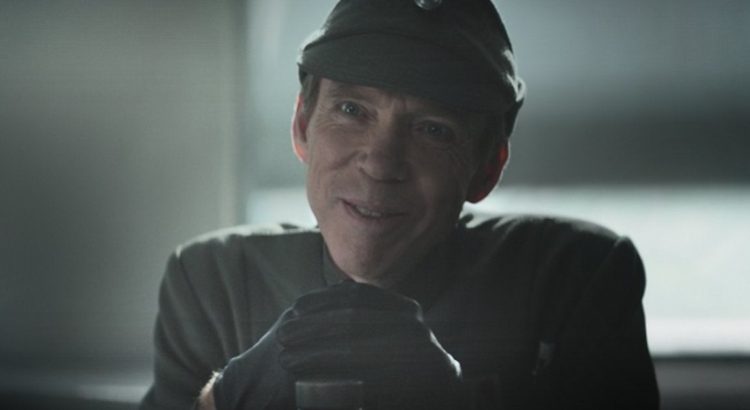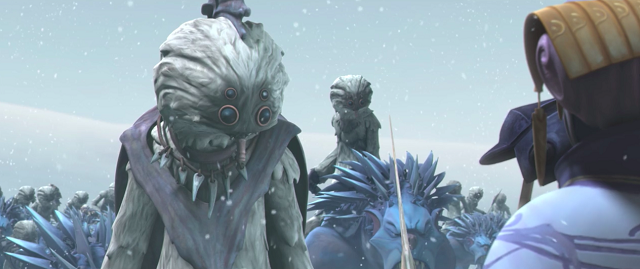Star Wars has always been known for strong anti-imperial themes, and these powerful political messages are particularly apparent in The Mandalorian. In this piece, I’ll explain how Din Djarin’s interactions with the Tusken Raiders, an Indigenous alien race, could provide important lessons to consider regarding the treatment of native communities. Even though Star Wars has tended to depict the Tuskens as being dangerous and monster-like, The Mandalorian shows they are actually a complex, dynamic and even vulnerable species. I’ll go on to explore how the show demonstrates the importance of coalition building, and shows the dangers of imperialism and war as embodied by those who lead the Empire.
Last year, I touched on the mistakes of the Republic as depicted in The Clone Wars – how its indifference to the suffering of ordinary people, and insidious expansion of imperialism, helped to create the Empire. Before that, another piece on colonialism by Abigail Dillon (that every fan should read) discussed why the role of Ezra in Star Wars Rebels was so powerful because he served as one of the first main heroes to firmly position themselves against the dangerous colonial points of views embodied by other characters. Like Ezra, I think Din is a continuation of fan-favorite characters representing a more recent tradition of Star Wars, particularly under the direction of Dave Filoni, that critically engages with themes of colonization at the narrative’s core in ways we haven’t seen before.
The first main interaction with Indigenous communities in The Mandalorian is in the fifth episode of season one, “The Gunslinger”, where Din works with Toro Calican, a young, naïve bounty hunter on Tatooine. In their trek the characters come across the native Tusken Raiders, whom Toro describes as “filth” that were standing in their way. Din, on the other hand, explains that they are Indigenous locals and the two of them are considered trespassers in the view of the Tuskens. Rather than engaging with them in a way that would antagonize the native race of aliens who had resided on the land for thousands of years, Din negotiates their passage using sign language and trades safe passage in return for equipment.
Read More

